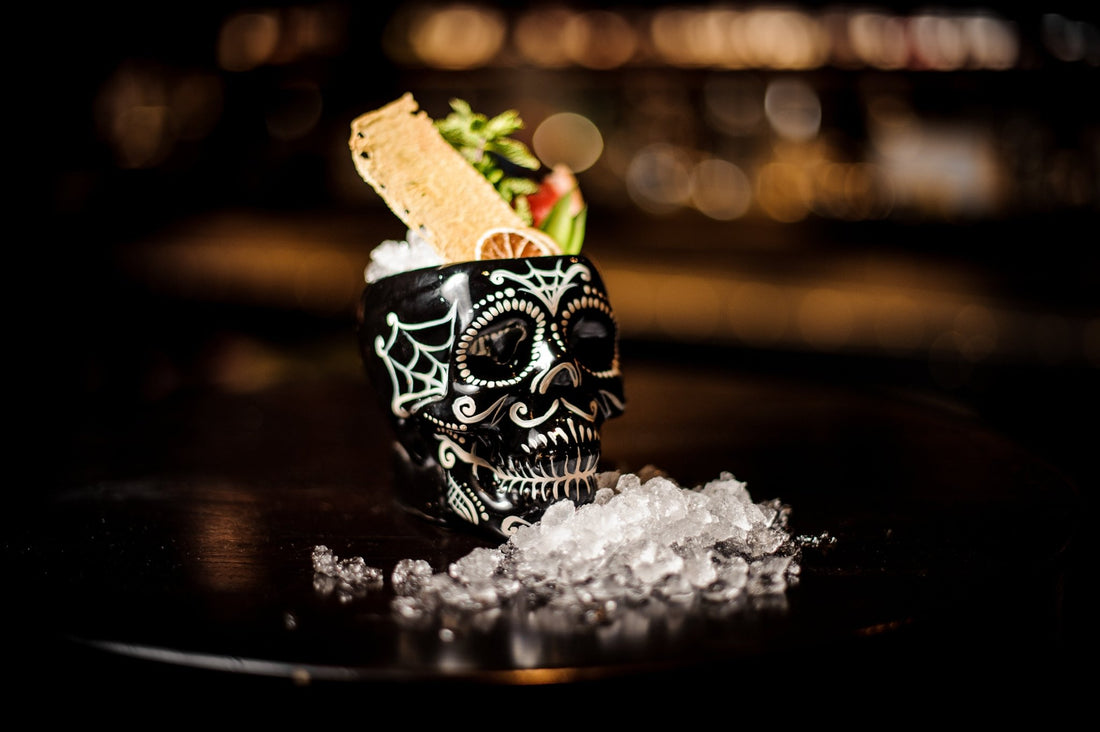
10 Mexican drinks at a glance
shares

Horchata: Sweet refreshment on hot days

Horchata, originally from Valencia, Spain, was brought to Mexico by the Spanish. Typically enjoyed in hot regions, it is often served in the afternoon or as a complement to spicy foods. It is usually made with rice, cinnamon and sugar. The rice is soaked, pureed and then mixed with water. After the mixture is sifted, cinnamon and sugar are added to give it a sweet and spicy taste. Horchata is known for its cooling properties and is often served as a refreshment or accompaniment to spicy foods.
Michelada: Sunday brunch and after work

The Michelada is a popular weekend drink, often enjoyed at brunch or after work. Their spicy flavor makes them ideal for social gatherings. It is traditionally made with light beer, lime juice, various sauces such as soy sauce and Worcestershire sauce, salt, and sometimes tomato juice or puree. It is often served with a spiced rim on the glass. The Michelada is known for its refreshing properties.
Café de Olla: Morning coffee

Café de Olla, often drunk in the morning, comes from the rural areas of Mexico. Its preparation in clay pots is unique and reflects the simplicity of rural life. The special preparation method includes the use of ground coffee, cinnamon and piloncillo (an unrefined cane sugar). Spices such as cloves are also sometimes added. Traditionally cooked on the stove, Café de Olla offers an aromatic and warming coffee experience in the winter months that is deeply rooted in Mexican culture.
Tamarindo: Refreshment on hot afternoons

Tamarindo, also known as tamarind drink, is another traditional Mexican drink. It is made from the pulp of the tamarind fruit. The tamarind fruit is first soaked in water and then pressed through a sieve to obtain a tamarind juice base. This juice is then mixed with water, sugar, and sometimes lime juice to create a refreshing and slightly tart drink. Tamarindo is particularly popular in the warmer regions of Mexico and is often enjoyed as a refreshment on hot days.
Chia Fresca: For the health-conscious

Chia Fresca, often drunk during the day, is a health drink and reflects the growing awareness of healthy eating in Mexico.
Wine growing in Mexico has now become highly professional and Mexican wines also enjoy a good reputation in Europe. The most widely planted grapes include Cabernet Sauvignon, Chardonnay and Tempranillo.
Tequila & Mezcal: From the field to the festival

Tequila, originally from Jalisco, and mezcal, from Oaxaca, are traditionally enjoyed at celebrations and festivals. They are an integral part of Mexican culture and social life. A list of typical Mexican drinks would not be complete without tequila. This is a special form of the agave distillate Mezcal . Similar to beer in Germany, special rules apply to the production of tequila , monitored by the Consejo Regulardor del Tequila. This alcoholic drink can only come from the five regions of Jalisco, Najarit, Tamaulipas, Michoacan and Guanajuato. The only possible ingredient is agave, a lily plant. So basically tequila is made of a flower. The cultivation of this plant is strictly monitored by the authorities, making tequila the most strictly controlled spirit. You only drink the young and cheap tequila with salt and lime or a glass of sangrita. However, you can also drink the high-quality, old tequilas straight at room temperature.
Sotol: A piece of northern Mexico

Sotol, primarily made in northern Mexico, has a long tradition and is often enjoyed during special occasions and celebrations. Sotol is a traditional Mexican distillate produced primarily in the northern regions of Mexico such as Chihuahua, Coahuila and Durango. It is obtained from the desert lily (Dasylirion), a plant closely related to agave. The production of sotol is similar to that of tequila and mezcal, but the desert lily gives sotol a unique aroma and flavor profile. Sotol has a long cultural history and was traditionally made by the indigenous peoples of these regions. Today, sotol is gaining international recognition and is valued for its quality and diversity.
The Aztec pulque drink

Coffee: A major industry

Coffee has only been grown in Mexico since the 19th century. At the same time, the Mexicans are pioneers in the cultivation of purely organic coffee. Particularly high-quality coffees can bear the name attribute “Altura”. A Mexican specialty is Café de Olla (“clay pot coffee”) together with brown sugar and cinnamon, drunk from old clay cups.
Cocoa: The drink of the gods

Tequila & Mezcal: From agaves to fine wines

In our shop at Pacific & Lime we offer you tequila and mezcal , which are more than just drinks - they are a symbol of tradition and craftsmanship. With every sip you enjoy, you will experience the rich history of the Mexican agave fields and bring a piece of Mexico directly into your home.